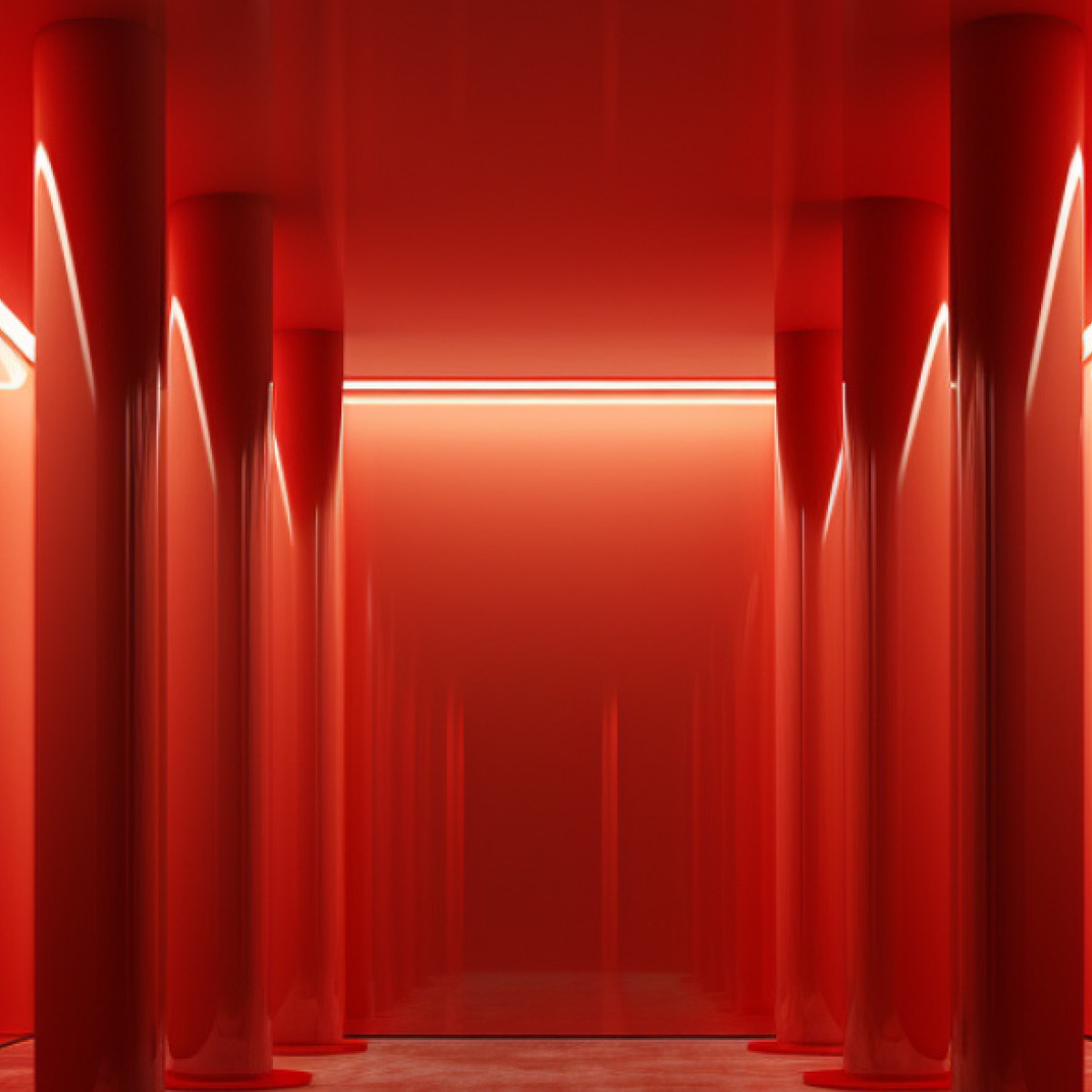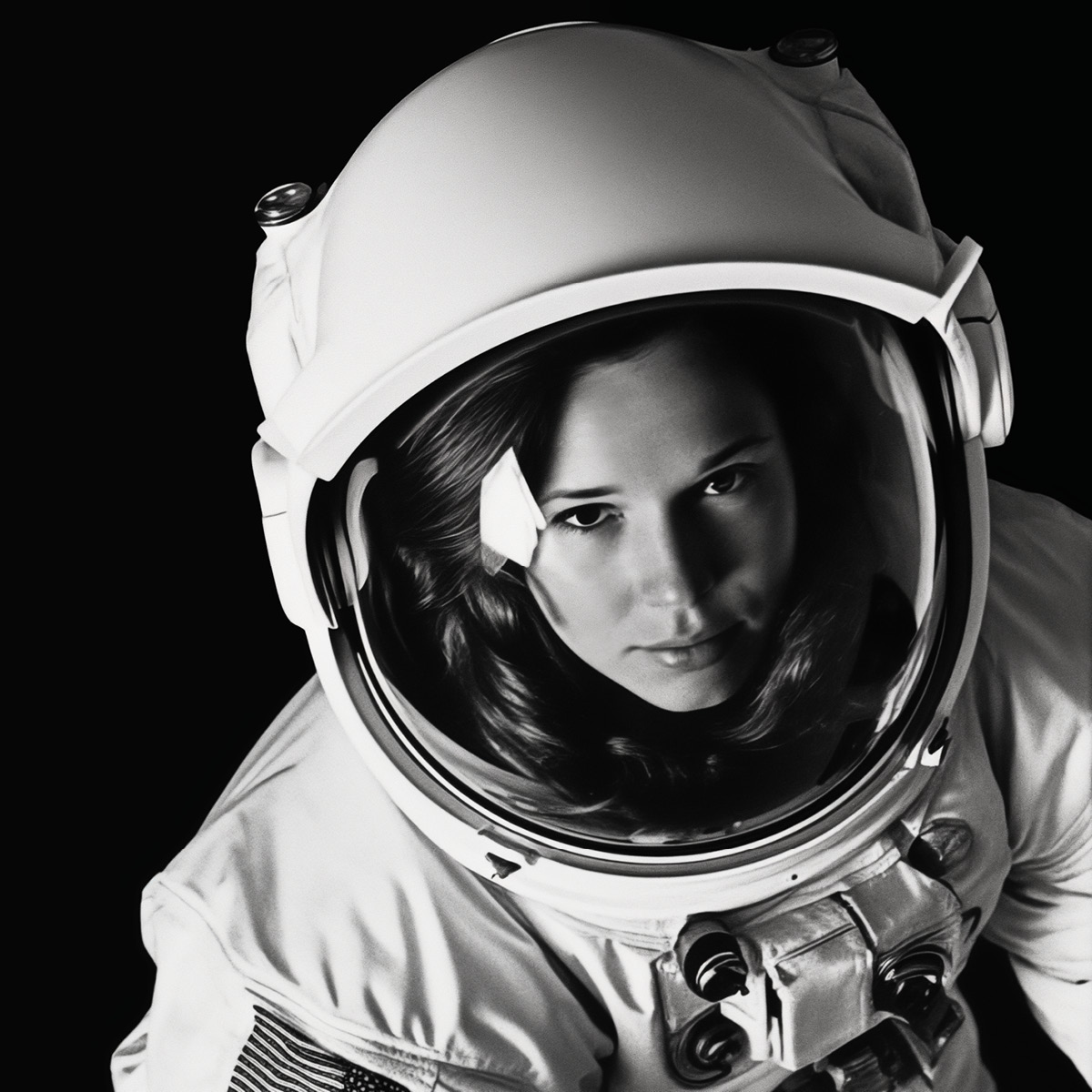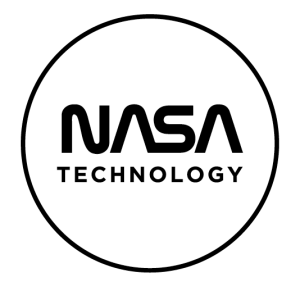


NASA’s Influence: Exploring Light Therapy Innovations in Space
NASA, the National Aeronautics and Space Administration, stands as a beacon of scientific advancement. Beyond its conventional pursuits, NASA has been delving into unconventional domains, including the application of light therapy in the unique and challenging environment of space.
a journey to explore NASA’s endeavors in integrating light therapy into its space missions, shedding light on the potential benefits for astronauts.
1. The Cosmic Connection: Circadian Rhythms in Space
Space travel exposes astronauts to an environment vastly different from Earth, where natural day-night cycles are absent. This disruption can impact their circadian rhythms, the internal biological clock that regulates sleep-wake cycles. Recognizing the importance of maintaining a healthy circadian rhythm for astronaut well-being, NASA has turned to light therapy as a potential solution.
Studies have shown that exposure to specific wavelengths of light can help regulate circadian rhythms. NASA has implemented specialized lighting systems aboard spacecraft and space stations that mimic the natural light spectrum. This artificial lighting not only aids in maintaining a sense of day and night but also influences astronauts’ overall health and performance during extended space missions.
2. Mitigating the Challenges of Space Travel: Light Therapy for Sleep and Alertness
The prolonged periods of microgravity during space missions pose challenges to astronauts’ sleep quality and alertness. NASA has been researching the impact of light therapy on mitigating these challenges. Controlled exposure to specific wavelengths of light has been shown to improve sleep quality, enhance alertness, and alleviate symptoms of circadian rhythm disturbances experienced by astronauts.
In the quest for optimal well-being during space travel, NASA is exploring the potential of light therapy not only to regulate sleep but also to enhance cognitive performance. The strategic use of light exposure may contribute to improved concentration, mood, and overall mental well-being for astronauts facing the rigors of extended missions.
3. Beyond Earth’s Bounds: Light Therapy for Spacecraft Design
NASA’s commitment to optimizing the conditions for space travelers extends to spacecraft design. The agency is actively researching how the integration of light therapy principles can influence spacecraft architecture. The goal is to create environments that promote the health and well-being of astronauts during their journeys beyond Earth.
Lighting systems that mimic natural daylight are being incorporated into spacecraft designs, ensuring that astronauts are exposed to the right spectrum of light at the appropriate times. This not only aids in maintaining circadian rhythms but also creates a more psychologically supportive environment, mitigating the challenges of isolation and confinement often associated with extended space missions.
4. The Future Frontier: Integrating Light Therapy into Deep Space Missions
As NASA sets its sights on future deep space exploration missions, the agency continues to refine and expand its understanding of light therapy’s potential benefits. The challenges of long-duration missions to destinations like Mars heighten the importance of addressing astronauts’ physiological and psychological well-being.
Innovations in light therapy may become integral to the planning and execution of deep space missions, ensuring that astronauts remain physically and mentally resilient throughout their journeys. The ongoing research at NASA serves as a testament to the agency’s commitment to advancing human space exploration and enhancing the overall astronaut experience.
5. A Bright Horizon: Collaborative Research and Human-Centric Space Exploration
NASA’s exploration of light therapy is not confined to the confines of its own research facilities. The agency actively collaborates with experts in the fields of circadian biology, sleep medicine, and human factors to further enhance the effectiveness of light therapy interventions. These collaborative efforts contribute to a broader understanding of how light influences human health and performance in space environments.
NASA’s foray into light therapy represents a captivating intersection of space science and human well-being. As the agency pioneers innovations to address the unique challenges of space travel, the integration of light therapy emerges as a promising avenue for promoting the health, performance, and resilience of astronauts. As humanity sets its sights on exploring the cosmos, the radiant glow of light therapy illuminates a path toward a brighter and healthier future for spacefarers.


